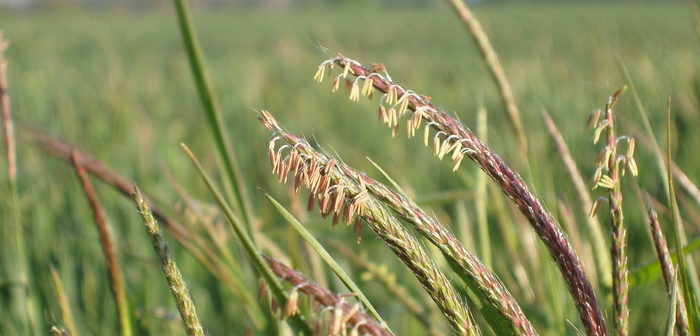The latest results from ADAS show that dormancy in black-grass seed this autumn is high. This means that in many situations germination will be prolonged. Growers need to use an effective and robust pre-emergence herbicide programme with an effective residual component to cover this protracted period of emergence.
Barrie Hunt, UK and Ireland technical manager for Gowan Crop Protection Ltd., says that ADAS are advising growers to spray off any black-grass that has emerged before drilling, even though this is likely to be less in a low dormancy year. They estimate that 90% emergence of black-grass will occur by 60 days after drilling, even where soils are moist. Using a robust pre-emergence herbicide is key. “If in many fields black-grass germination is going to be slow as these results indicate, then growers should include Avadex in their pre-emergence treatment. Avadex has good staying power as indicated by its half-life in soil. Tri-allate’s half-life in soil is typically around 3 months compared with the typical half-life in soil of flufenacet which is 20 days and prosulfocarb which is just 12 days. This means tri-allate has good longevity which will be needed this autumn, especially if drilling earlier.”
“Recently we reported on the metadata analysis of all trials from all sources for tri-allate, showing the additional benefit that this product brings to a weed control programme. These results ran from 1997 through to 2019, with over 650 data points from trials across 23 years. The data analysis included good and bad seasons, wet and dry conditions, low and high black-grass populations, low and high germination years and differing weed resistance profiles. This analysis showed that, over the past 5 years, the inclusion of Avadex granules increased black-grass control by an average of 16.8% across a wide range of base programmes, justifying its use even further to farmers.”
He also reports that in 14 black-grass trials spanning 2016 to 2019, adding Avadex granules to a base treatment of Liberator (flufenacet and diflufenican) resulted in a benefit of an additional 16% weed control and when added to a base treatment of Crystal (flufenacet and pendimethalin) it resulted in an additional 14% control.
On a practical level, product stewardship is important and Avadex granules must be applied accurately, with precise metering of the product right across the boom. “You need to deliver the correct amount of herbicide granule down each pipe and we would recommend a patternation test along with the applicator calibration before the season starts. With black-grass being such a competitive weed, you don’t want to be over or under dosing across the boom.”
Whilst being used primarily in black-grass programmes, Avadex also has a place in other grass-weed situations such as rye-grass and brome infestations and, of course, wild-oats. It also brings a useful additional effect on some of the common broad-leaved weeds including cleavers, charlock, chickweed, mayweeds and poppy.
“Farmers should be integrating tri-allate into their weed control programme in both winter wheat and barley this autumn as it will improve the level of weed control achieved and provide longer residual activity which is essential when black-grass dormancy is high as it is this autumn,” Mr Hunt says.





